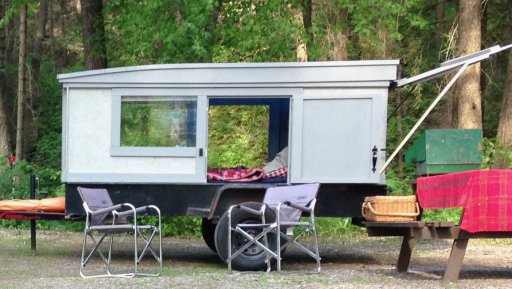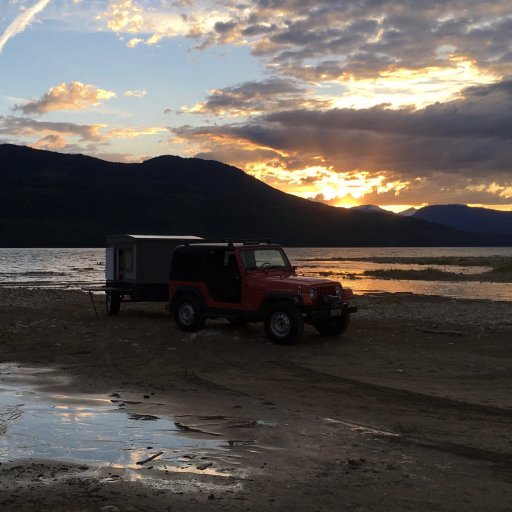
Advocate I
That's all fine and well, and I'm perfectly aware of R-value. My point is you said you'd pick a R-value of 4.5 or above for "frosty winter conditions." Take a look at Thermarest's line: Therm-A-Rest Sleeping Pad R-Value Rankings | Therm-A-Rest Blog Nearly any of them people would use for Overlanding (not backpacking-specific ultra-lights) have an R-value well above 4.5, for example this would be a typical "car-camping" unit from them, R-value 7.0: MondoKing™ 3D | Car Camping Sleeping Pad | Therm-a-Rest®Hi,
Not in general. But simple self-inflating sleeping pads often reach their limits in frosty conditions. Why? Let's go into a little more detail.
The sleeping pads are classified into different performance classes. The R-value describes the thermal resistance of the material. The higher the R-value, the higher the insulation performance. And for this, it is important which material the mat is made of, how the filling is made, how the surface structure is built up and how the mat itself is built up and so on. Not necessarily the thickness.
A self-inflating sleeping pad that is not only filled with air, but has a special filling for example and a special surface structre, so usually has a higher R-value and is better suited for cold environments. For real frosty winter conditions I would go with a pad with a R-value 4.5 and above.
By the way, the base is also crucial. So you can easily create a better insulation under the mat with hay or dry leaves for example than if you put it directly on the cold ground.
Bjoern
I guess it just seems unfair to trash a brand-name for not having good thermal properties when most of their line actually excels in that exact metric.
-TJ







